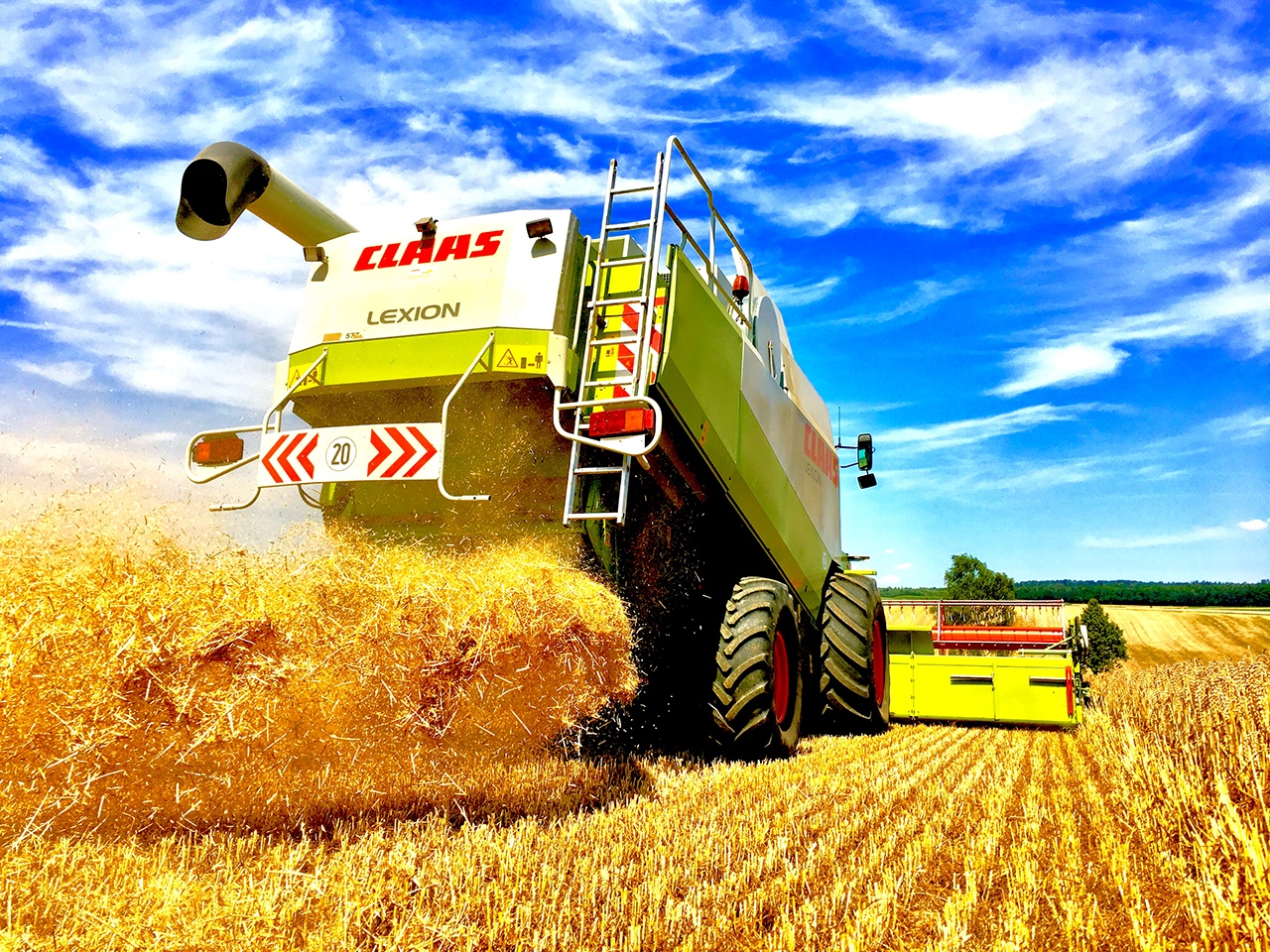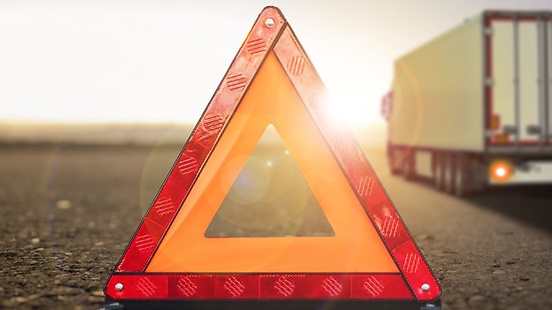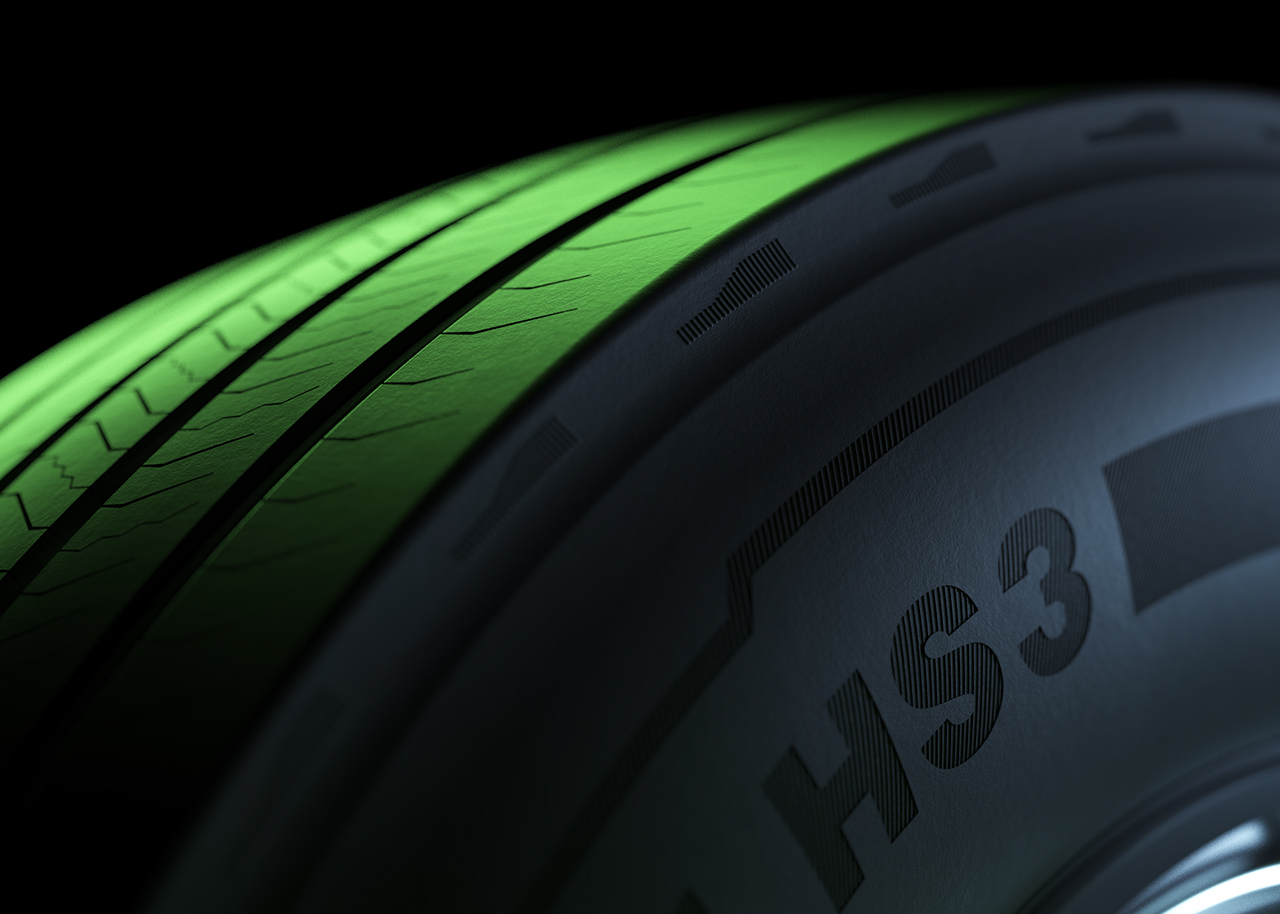Why Rolling Resistance matters
While many fleet operators focus on mileage, low rolling resistance helps align with EU regulations and reduce CO2 emissions even further.
Read more
All
Truck & Bus
Agriculture
Material Handling
















